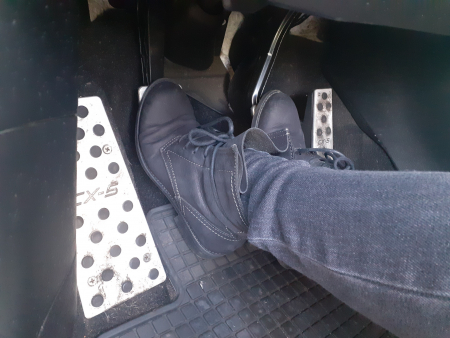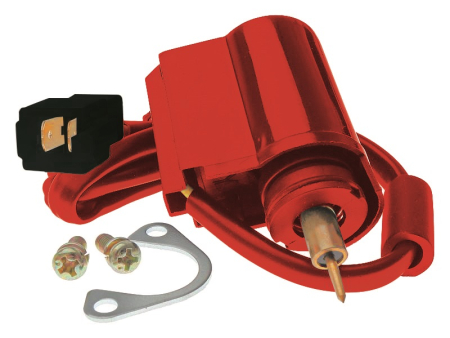ENGINE COLD START
WHAT SHOULD YOU LOOK OUT FOR?
A cold start in an internal engine refers to the start of operation without the cooling water and/or oil having been preheated beforehand and without pressure having been built up in the lubricating oil circuit beforehand or without sufficient oil reserves in the bearing points.

In vehicles with a manual transmission, many drivers depress the clutch when starting, while others don’t. What is the optimal approach?
We will now try to clarify this frequently asked question.
The question of a depressed clutch when starting does not arise at all with many modern start-stop vehicles. This is because depressing the clutch pedal is mandatory, otherwise no engine start is possible.
With older vehicles, on the other hand, it is often possible to start the engine without depressing the clutch. In most cases, however, this is not recommended by the vehicle manufacturers. One of the reasons in connection with the battery is this: when the clutch pedal is depressed, the resistance that the starter (starter motor) has to overcome decreases. When the clutch is disengaged, the gear wheels of the gearbox are not moved, which would otherwise require a lot of energy from the starter battery, especially when the gearbox oil is cold.
Conclusion: depressing the clutch pedal can make the engine cold start much easier.

Should you wait for the cold start?
Engines don't like cold starts at all. Still viscous and thick, the engine and gearbox oil needs more time to spread. What should be done? After starting the engine, it is better to wait a few seconds until the idle has stabilised and then drive off. With a cold start, late ignition is used, which makes for a louder exhaust noise.
It may take about a quarter of an hour, depending on the ambient temperature, for the oil to reach its optimum operating temperature and for the engine and transmission to be fully loadable. Engines have been designed for decades to withstand light loads even during cold starts.

What is a choke?
A choke, also known as a starter valve, is a component in carburetor engines. The choke allows the air flowing into the carburettor to be selectively limited. By increasing the fuel-air mixture, the carburettor engine is given a smooth cold start.
The carburettor is intended to produce a rich mixture for the engine during cold starting because fuel condenses on the cold intake manifolds and cylinder walls and thus can no longer burn.
Conclusion: Stepping on the clutch pedal can make the engine cold start much easier!
Banner tip: During a cold start, your starter motor in particular needs a lot of energy to start the car. Therefore, you should make sure that your battery can provide enough voltage.
More articles on this topic

